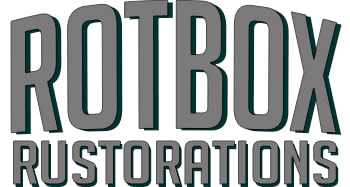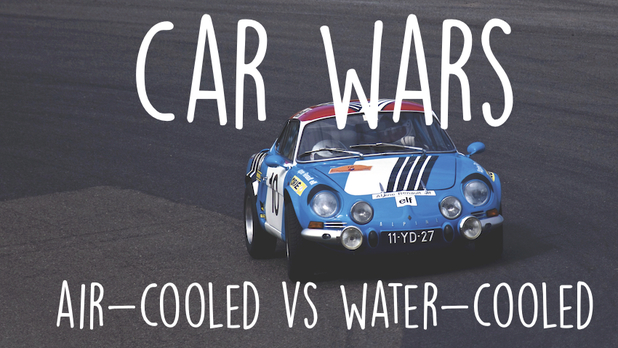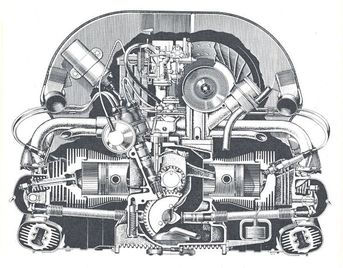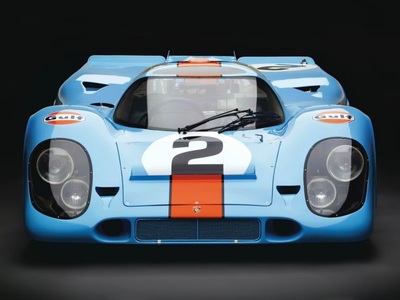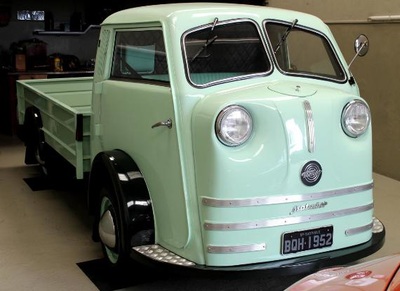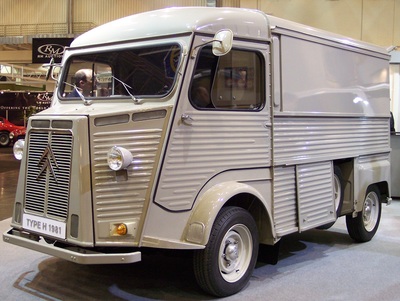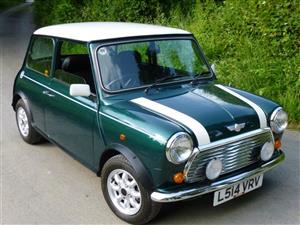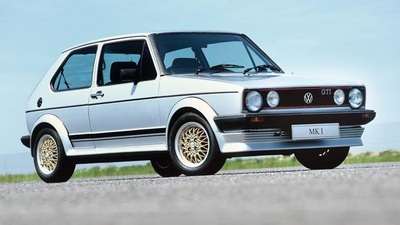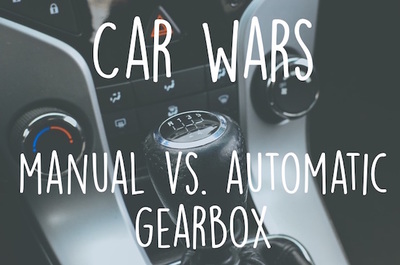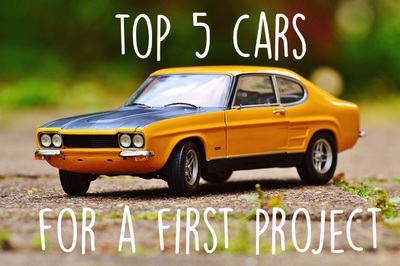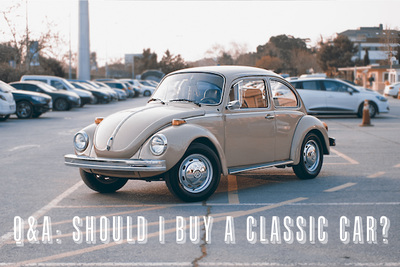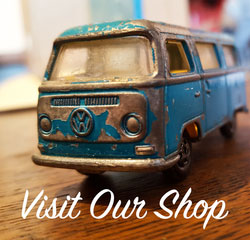|
The engine is the most important part of any car- after all, it's what makes it go and you wouldn't have much of a car without one. When it comes to choosing what kind of engine you want in a classic car you've got two choices: air-cooled or water-cooled (ok, you can also go for an electric engine conversion too, but I'm thinking original car engines here). There's plenty of strengths and weaknesses for both engines, and as with most things it may just come down to personal preference in the end. But let's take a look in more detail at some of the things to consider when choosing what kind of engine you want for your classic car project. Why do Engines Need a Cooling System?Internal combustion engines (what you're most likely to have in your car) operate at high temperatures. These engines need intense pressure and heat to "combust" or explode, which generates kinetic energy to make the car drive. Basically, if your engine isn't getting up to a high temperature it won't work properly. But, as it turns out, you can have too much of a good thing. Too much heat in the engine can cause parts of it to distort and/or melt which is, by all accounts, VERY BAD. That's why it needs to be cooled. Air-cooled EnginesAn air-cooled engine is cooled by, not unsurprisingly, air. A big fan and shaped cowling blows and directs air all around the engine.
Other Stuff to Consider
Some Notable Examples of Air-Cooled CarsWater-cooled EnginesWater-cooled engines on classic cars are similar to air-cooled only, instead of air, water circulates around the engine. This makes it a bit more complicated as an enclosed system is needed to carry the water around the engine for cooling. As the very basic diagram above shows, water absorbs heat from the engine and it rises to the top into the cylinder head (Fun Science Fact: this is because as water heats up it becomes lighter). The water then passes through the radiator where it's cooled (with the help of a small fan) in order to trickle down to the bottom and repeat the process again. Antifreeze is added to the water to stop it from corroding the metal in the engine and freezing in extreme cold temperatures.
Other Stuff to Consider
Some Notable Examples of Water-Cooled CarsAnd the Winner Is...?A tough call, but I'd say water-cooled has the edge. Even with the extra weight, hassle of maintenance and constant fear of springing a leak, water-cooled engines are more efficient and better equipped to deal with the demands of modern life, which is probably why all engines are water-cooled these days! (Although, modern water-cooled engines are quite different from the classic ones I've described here). That being said, in terms of classic car status air-cooled engines are definitely the most admired and the simplicity of them (if you can get past the obstructive tinware!) makes them a top choice for car enthusiasts who enjoy working on their own vehicles. Got an opinion? Let us know in the commentsYou May Also Like...Comments are closed.
|
watch our new youtube channelOur blog delivers brutally honest advice for the “rotbox” in your life with the aim of raising the standard of car projects everywhere.
Practical, direct, actionable ideas and zero bull. Read on. About
|
AboutWe're a dedicated, independent fabrication company based in rural North Yorkshire that specialises in light general fabrication work including CNC plasma cutting and CNC sheet metal bending.
|
